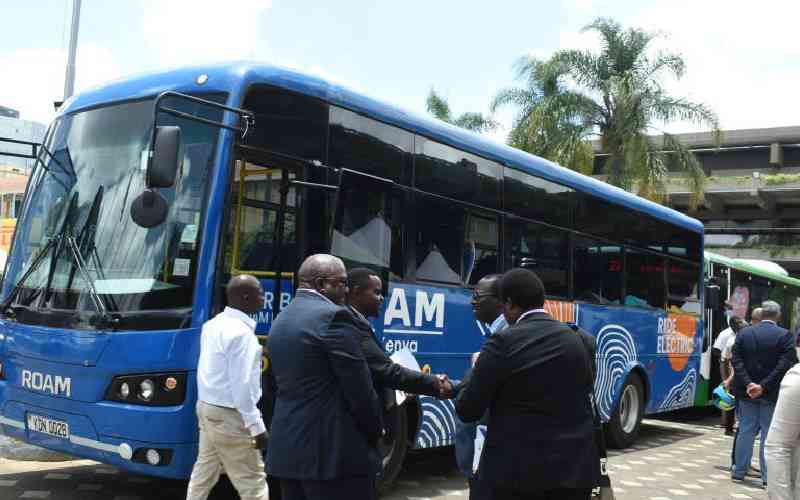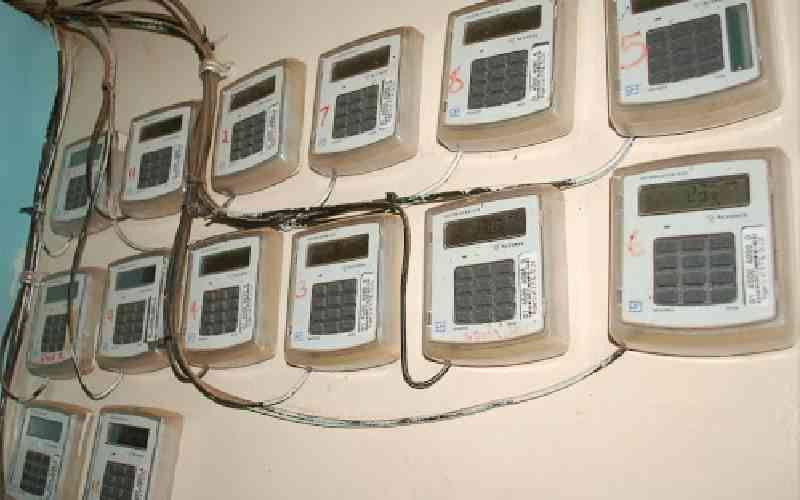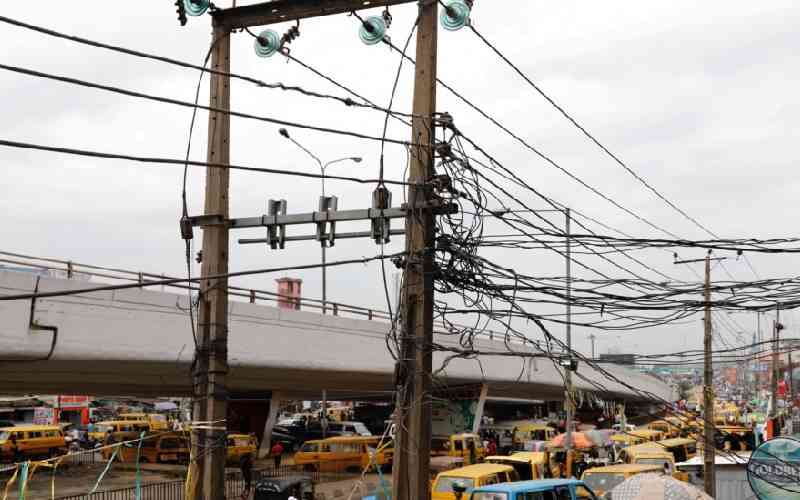The current efforts by the Government to provide electricity will go a long way in bettering the lives of the more than 28 million Kenyans who are yet to access it.
Before the launch of the Last Mile connectivity project in May 2015, 65 per cent of Kenyans lacked access to electricity, partly due to high cost of connection, wiring and monthly usage. However, in the project, the connection fee has been halved from the standard Sh30,000 to Sh15,000, which can be paid in instalments through the monthly electricity bills for a period of three to five years.
Also of importance is the innovative ready board issued to consumers to address the wiring costs, which consist of a socket, a switch and bulb holders.
The high cost of electricity has mainly been attributed to the source of electricity generated. Hydro power relies on the level of water, which is often affected by erratic weather patterns. As for thermal, the high cost of fuel, coupled with volatile foreign exchange rates, translates to high electricity prices.
It is expected that with the diversified sources of electricity generation and particularly focusing on renewable energy sources, the prices of electricity will fall. However, proper management and distribution of power is also necessary to ensure efficiency and prevention of unnecessary outages.
Economically, the per-kilowatt-hour cost of constructing and operating a generating plant over an assumed financial life and duty cycle referred to as Levelized Cost of Electricity (LCOE) is cheaper from geothermal source at 6.9 USc/KWh. This is followed by wind at 9.1USc/KWh and is expensive in fossil fuels plants like gas turbines with 11.3 USc/KWh and coal at 12.7 USc/KWh as reported by the Least Cost Power Development Plan 2011-2030.
In 2014, Kenya electricity generation was 9,138.7 GWh and the total domestic demand was about 7,768.6GWh. Exports only amounted to 30.8 GWh and 1476.1 GWh was transmission losses and unallocated demand, according to the 2015 Economic Survey. This means that there is more than enough power. Even with this unmet electricity demand, the Government still seeks to add electricity capacity further to above 6,700MW in 2017 through the 5000+MW plan for transforming Kenya.
It is expected that most of this demand is going to be absorbed by the increase in electrification rates, supporting Vision 2030 and industrialisation projects, and investments arising from devolution. Most important would be the investment in energy-intensive activities such as mining, electrification of rail lines and new economic zones.
What happens if the country achieves 70 per cent electrification rate in 2017, and that about 30 million Kenyans are able to access electricity? Will the country be able to absorb the proposed electricity supplied or generated from the 6,700 MW installed capacity?
At 70 per cent electrification rate it means electricity generated from installed capacity of 3,992MW will be consumed and another of 2,010MW will serve as the required surplus. When the sum is factored out from the 6,700MW, then it implies electricity generated from the installed capacity of about 698MW will be considered as unallocated demand.
Even as the country topples over with the low electricity access headache, the most imperative aspect is the low electricity demand nationwide. The country needs to plan on how to absorb the installed electricity capacity.
Most consumers use electricity for lighting and for audio and visual purposes. However, cooking, cooling and heating services demand more energy than the aforementioned services. Compared to the urban consumers, rural consumers use electricity for basic services, in this case, for lighting.
The 2009 Kenya Population and Housing Census shows 70 per cent of households still use kerosene for lighting, compared to 23 per cent of households who used electricity. Again the Kenya Integrated Household Budget Survey 2005/6 shows 68.3 per cent of households use firewood for cooking, while kerosene and electricity are used by 1.6 per cent and 13.2 per cent of the households.
In order to induce demand for the domestic consumers, the Government needs to enhance acquisition of heavy energy home appliances such as electric cookers, refrigerators, freezers, dish washers, washing machines, microwaves and vacuum cleaners, among others. The use of these heavy appliances will widen the uses of electricity from the common services such as lighting, heating, audio and videos plans to more sophisticated services such as cooling, cleaning and cooking among others.
At the national level, for example, the Government should plan to power the Standard Gauge Railway with electricity rather than diesel, which is also expensive to operate.
Stay informed. Subscribe to our newsletter
In conclusion, sticking to our energy plans and implementing them as scheduled is important towards enabling the country attain the 10 per cent economic growth.
 The Standard Group Plc is a
multi-media organization with investments in media platforms spanning newspaper
print operations, television, radio broadcasting, digital and online services. The
Standard Group is recognized as a leading multi-media house in Kenya with a key
influence in matters of national and international interest.
The Standard Group Plc is a
multi-media organization with investments in media platforms spanning newspaper
print operations, television, radio broadcasting, digital and online services. The
Standard Group is recognized as a leading multi-media house in Kenya with a key
influence in matters of national and international interest.
 The Standard Group Plc is a
multi-media organization with investments in media platforms spanning newspaper
print operations, television, radio broadcasting, digital and online services. The
Standard Group is recognized as a leading multi-media house in Kenya with a key
influence in matters of national and international interest.
The Standard Group Plc is a
multi-media organization with investments in media platforms spanning newspaper
print operations, television, radio broadcasting, digital and online services. The
Standard Group is recognized as a leading multi-media house in Kenya with a key
influence in matters of national and international interest.








